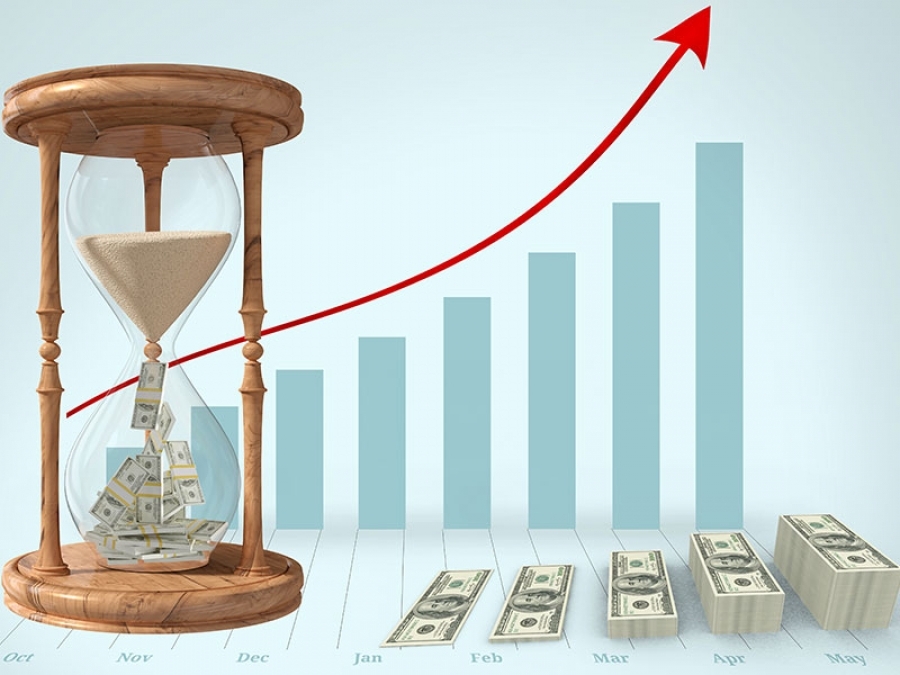Despite the persistence of the Covid-19 pandemic at national and international level, the salvadoran economy showed a recovery of 25.1% in April compared to the same month of the previous year, which is reflected in the evolution of the Economic Activity Volume Index.
The economic recovery can also be seen in the quarterly Gross Domestic Product (GDP), as it shows a 3% growth in the first quarter of the year, but it is still incipient to point towards a vigorous improvement by the end of the year. The most dynamic sectors between january and april are: Commerce 14.11%, Industry 13.17% and Communications, 7.66%, which show growth respectively.

In public finances, tax collection is above the established goals, since as of june both VAT and Income Tax (ISR) report increases of US$36.7 million and US$34 million, respectively.

Consumers have perceived increases in price levels. According to the Consumer Price Index (CPI), inflation was 2.59% in May. The high level of prices is due to external factors such as: growth of the global economy, higher demand for oil and the low supply of goods and services in the international market. The sectors with the highest price increases are: Transportation; Housing, water, electricity, and gas; Furniture and household items; and Health, with 11.05%, 4.36%, 3.68% and 3.63%, respectively.
In relation to formal employment, it presents an annual growth of 2.18% as of April, which is equivalent to 18,116 additional jobs. Although a relevant growth has been registered, it has not yet reached the levels of contributors that were registered months before the pandemic.
Part of this growth was influenced by the public sector, which did not stop hiring new personnel during the emergency; therefore, it can be said that the private sector is still being affected by the health crisis, since its growth is still only 1.4%. Proof of this is that there are two sectors that still show strong losses of personnel, during the january-april period, such as construction and agriculture, with 1,352 and 865 jobs less, respectively.
Outside of salvadoran territory, accumulated exports to may presented an accelerated growth of 41.8% in relation to the same period last year; this is equivalent to an additional US$795.21 million, surpassing the levels of previous years. In the case of imports, they registered an accumulated increase of 43.91% as of may, with maquila and capital goods being the sectors that have had the greatest impact on growth.
Another item that showed an increase of 51.1% is family remittances, which are much higher than those recorded in previous years. According to the Central Reserve Bank (BCR), 95% of remittances come from the United States, a country that is showing a strong economic dynamism.

The financial situation shows that deposits have had an annual growth rate of 8.5% as of may, but their growth rate has slowed down since the beginning of the pandemic, as in march 2020 the annual growth was 12.6%. The slowdown in growth has been more pronounced in lending, as it went from a 6% increase in may 2020 to 0.08% in march of this year.
However, the following two months have seen a slight annual growth of 1.2% as of may. From january to may, loans increased US$325 million.
By the end of 2021, the Banco Central de Reserva (BCR) considers that the salvadoran economy will show a 6% growth, due to the accelerated growth shown by exports, imports and family remittances; recovery of the slowdowns shown by bank deposits and credits due to the pandemic; and in the fiscal field, it is estimated that at the end of the year there will be a collection above the projections.
 English
English  Español
Español 
